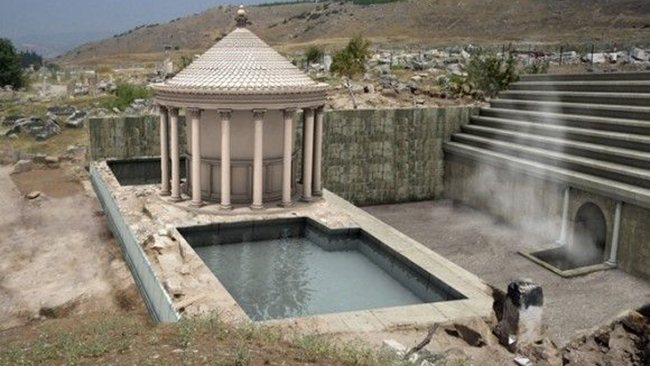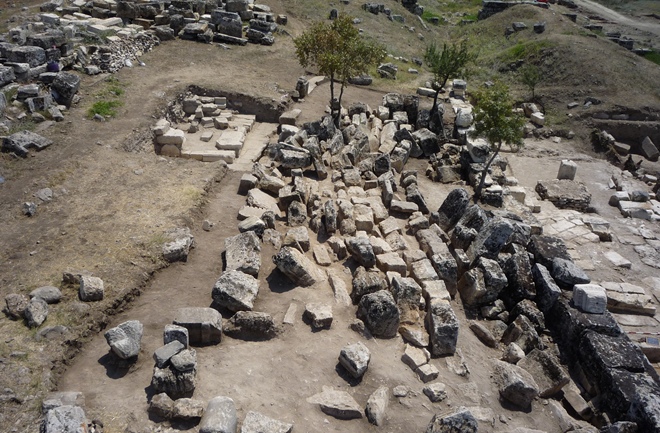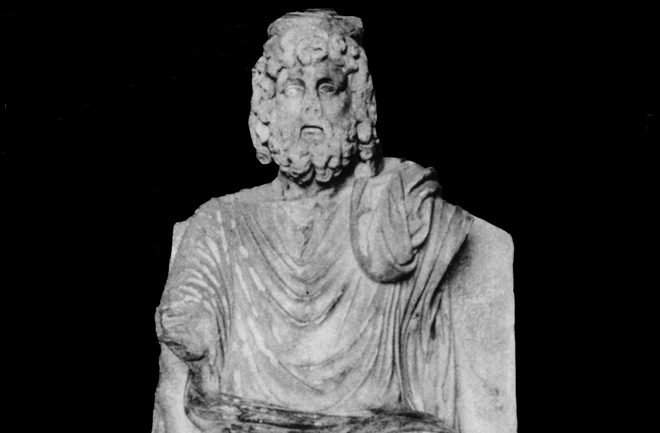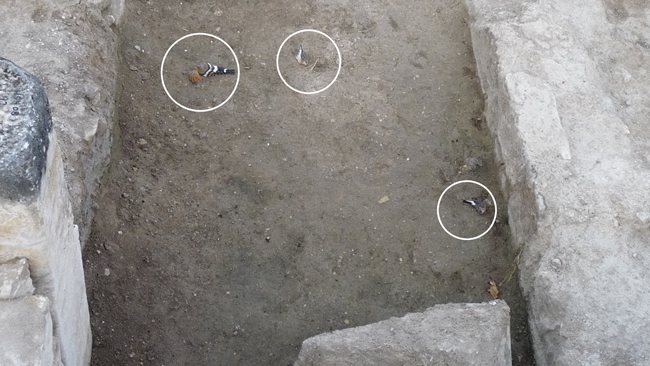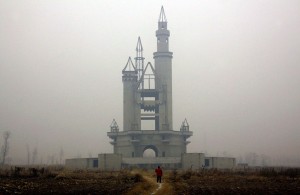Gateway To Hell Found In Turkey
Here’s a nice bit of archaeology to start your day, and it’s fairly sinister, too. A portal called “Pluto’s Gate” — Ploutonion in Greek, Plutonium in Latin — has been found by a group of Italian archaeologists.
Based in a place called Hierapolis, which is modern day Pamukkale, this place is stuff of legend. The air in the area was reported by the ancients as being lethal. Any creature that entered would surely perish. In 24AD, the Greek philosopher Strabo wrote:
“This space is full of a vapour so misty and dense that one can scarcely see the ground. Any animal that passes inside meets instant death… I threw in sparrows and they immediately breathed their last and fell.”
Sounds lovely, poor sparrows. The circular temple and thermal pool sits near a cave entrance with a terrace that overlooks it. People would congregate there and watch animals being taken into the cave and then dragged out dead.
The temple has Ionic symbols that mention Pluto and Kore. Pluto was originally called Hades and was the ruler of the underworld in classical mythology.
Hades, of course, eventually became the name for the place rather than its keeper. Kore, otherwise known as Persephone, was Zeus’ daughter and Queen of the underworld.
Homer wrote that she was a formidable, venerable majestic queen of the shades, who carries into effect the curses of men upon the souls of the dead. OOoooohh. Scary. She was abducted by Pluto and dwelled in hell for eternity.
So, what’s doing the killing? Carbon dioxide from the natural spring inside the cave is the culprit: Behind the 3 square metre (32 sq ft) roofed chamber of the cave is a deep gash in the rock through which fast flowing hot water passes, releasing a sharp-smelling gas.
Even now, there are smatterings of dead birdies who have ventured too close to the mouth of hell.
The monks that led the animals in to the cave and the pilgrims that slept near the entrance were all prone to hallucinations due to the fumes, which of course added to the mystery of the place. One of the researchers said that this shrine was “an important pilgrimage destination for the last pagan intellectuals of the Late Antiquity,” right in to the 4th Century AD.
This portal to hell was destroyed by Christians in the 6th Century AD and finally finished off by earthquakes after that. This picture below shows how Hades’ power can still kill poor unsuspecting birds trying to keep warm, poor little blighters…..
NEXT:
ARTICLE WITH AWESOME PICTURES ABOUT OLD RUSSIAN MONKS

